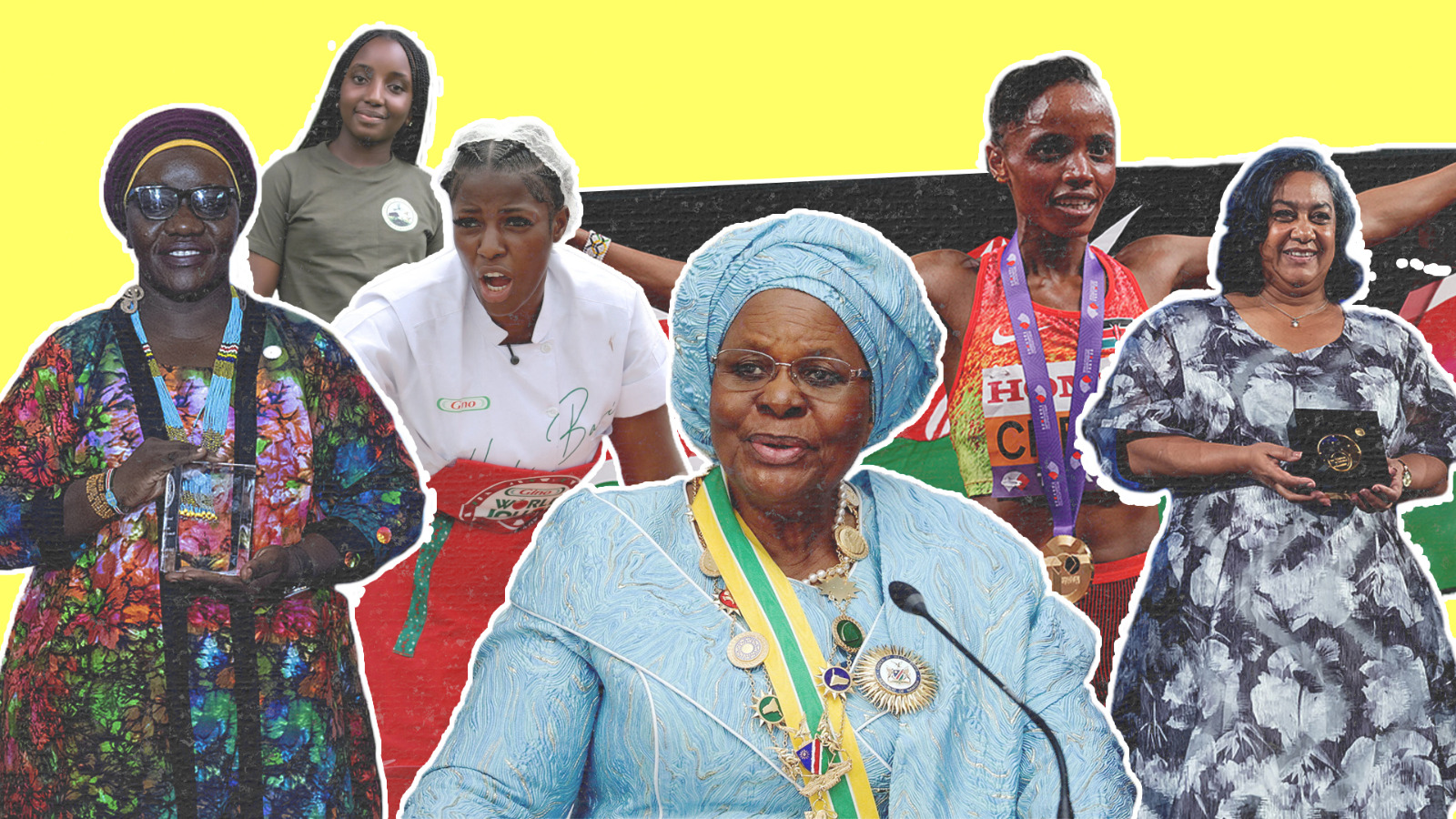Life expectancy increase’s by 5 years since 2000
Dramatic gains in life expectancy have been made globally since 2000, but major inequalities persist within and among countries, according to this year’s “World Health Statistics: Monitoring Health for the SDGs”.
Life expectancy increased by 5 years between 2000 and 2015, the fastest increase since the 1960s. Those gains reverse declines during the 1990s, when life expectancy fell in Africa because of the AIDS epidemic and in Eastern Europe following the collapse of the Soviet Union. The increase was greatest in the African Region of WHO where life expectancy increased by 9.4 years to 60 years, driven mainly by improvements in child survival, progress in malaria control and expanded access to antiretrovirals for treatment of HIV.
Global life expectancy for children born in 2015 was 71.4 years (73.8 years for females and 69.1 years for males), but an individual child’s outlook depends on where he or she is born. The report shows that newborns in 29 countries – all of them high-income — have an average life expectancy of 80 years or more, while newborns in 22 others – all of them in sub-Saharan Africa — have life expectancy of less than 60 years.
Here are the top ten:
- Algeria – 75.6
- Tunisia – 75.3
- Mauritius – 74.6
- Morocco – 74.3
- Cape Verde – 73.3
- Seychelles – 73.2
- Libya – 72.7
- Egypt – 70.9
- Sao Tome – 67.5
- Senegal – 66.7
Ethiopia is 16th on the list with an average life expectancy of 64.8 years, Kenya is 22nd with 63.4, Ghana is 25th with 62.4, Somalia is 47th with 55 and Nigeria is 48th with 54.5.







